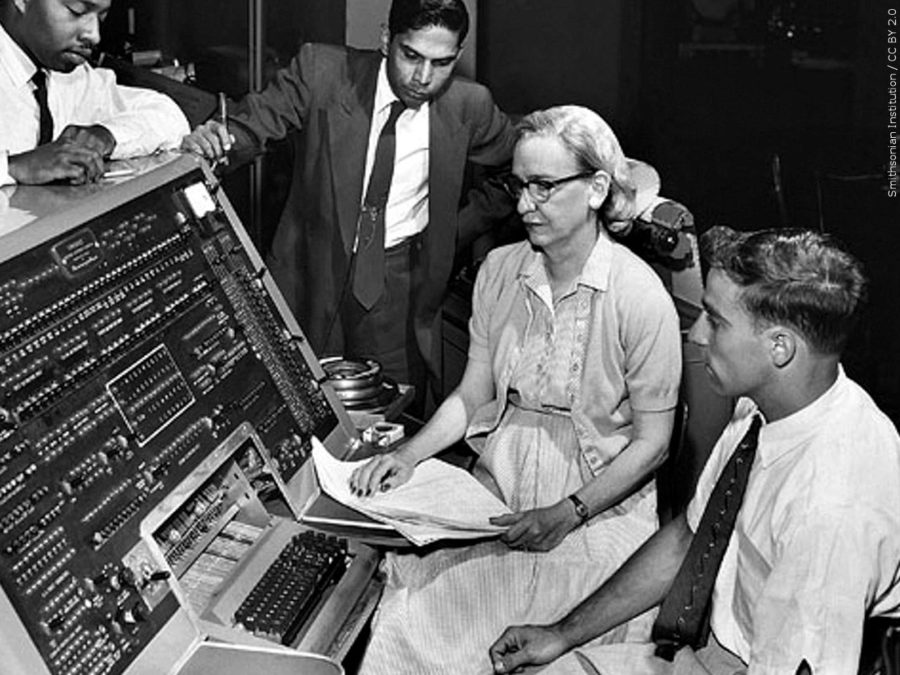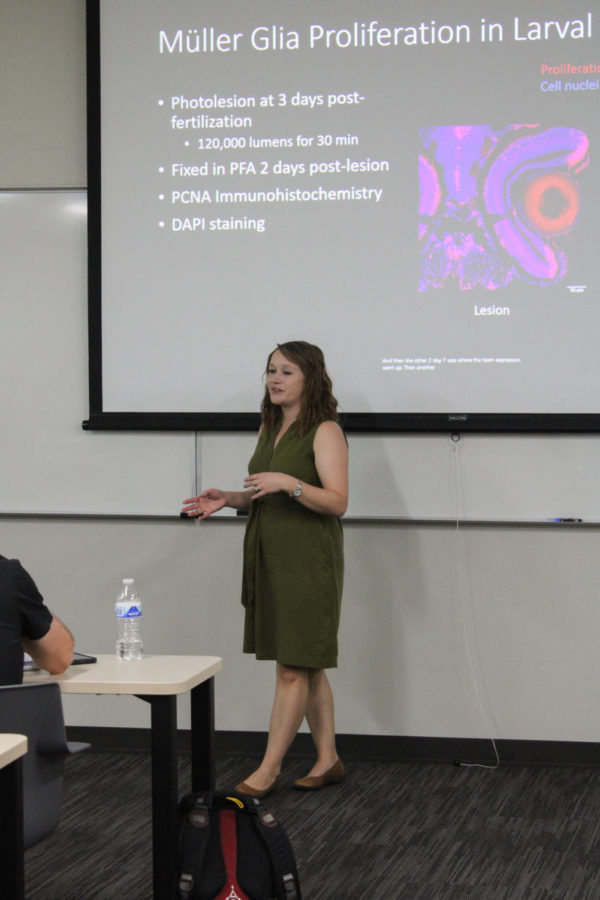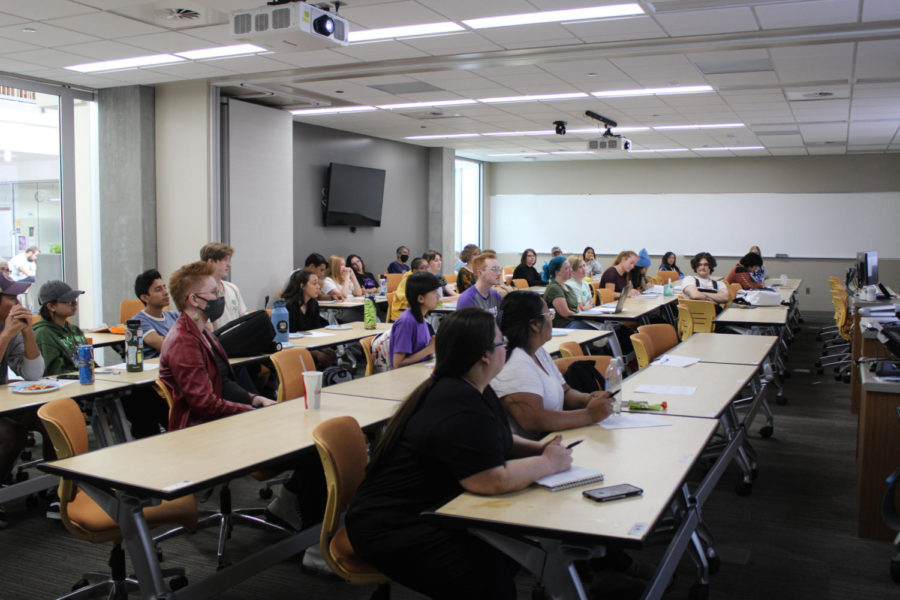Every year, universities accumulate a considerable amount of media in both physical and digital formats. As time goes on, their information databases become increasingly massive. The data that universities collect tells their story from the beginning to present day.
Weber State University (WSU) is no exception to this practice. WSU has a massive archive that’s housed inside two rooms at the Stewart Library.

WSU’s archive consists of anything and everything having to do with the history of the university. Their efforts to digitize the archive are ongoing with students being hired to scan images every year.
So far, they have gathered 12TB of digitized information in the university archives, which consists of 70,000 images and 400 videos, roughly 25% of their overall media holdings.
“We receive new material on a daily basis,” Jamie Weeks, University Archivist for WSU, said. “Some of the ways we receive materials are when administrative departments on campus send their records to us, when a department decides to ‘clean up their office space’ and when faculty retire—they submit their papers to the archives.”
In the two rooms in which WSU’s archive is stored, there are 4,186.82 linear feet of boxes containing items in map cases. Anything that faculty, staff, students and departments have published is stored within this area.
This collection, which is known as the Physical Institutional Repository, has 8,337 cataloged items in it. Some of these items have been put into the Digital Institutional, which is a database with 4,521 records.
Physical records are only entered into the database as needed. Special circumstances lead them to increase the frequency of these additions.
“If we have a really interesting collection or one that is requested on a regular basis, we will have them digitized and uploaded into the library’s Digital Collections website to make them easily accessible online,” Weeks said.
The archive at WSU is not only available to WSU students but to any member of the public who’s interested in researching the history of the university. People who want to see something from WSU’s archive can request an item or collection and have it brought to them in room 55 on the lower level of the Stewart Library.
All physical items are stored directly behind the reading room in rooms 80 and 80A. Nobody other than library staff is allowed to go into either one of the rooms where the archives are stored.
There is a considerable amount of information that can be accessed from the archives section of WSU’s website as well. The content provided in this section includes images and publications that people can view from anywhere in a resolution so high that it’s almost like looking at them in the library.
Increasing the amount of accessibility people have to these archives is something that makes WSU’s archives better than the average library resource.
Every so often, the archives at WSU will be displayed in exhibits where certain collections or types of items are showcased. At any given time, the chances are high that there is an exhibit being displayed at Stewart Library.
These exhibits are free and open to the public. The exhibits are also rotated on a regular basis to ensure that the public has the opportunity to see most of the items in the archive.
Alumni donate their personal effects to the library all the time. The collection of items from Dr. John Lind, former faculty member and geologist, includes personal photographs, papers, certificates, degrees and many more artifacts from his career.
Additional collections of this kind are included in WSU’s archives, which give this resource a personal touch that it might not have otherwise.
WSU’s library also has a group of trained professionals who are always ready to answer any question that is posed to them. Their roles as stewards of the university’s history are ones that they take seriously.
For more information about WSU’s archives and how to access them, visit their page.







